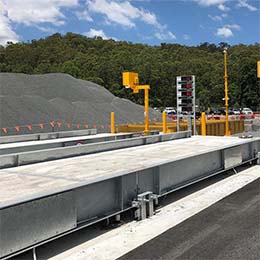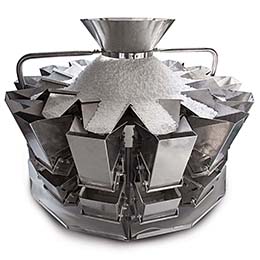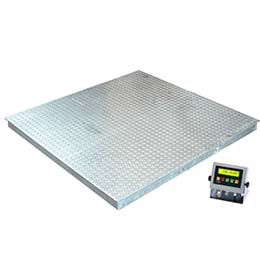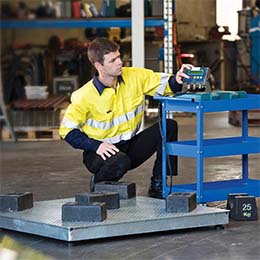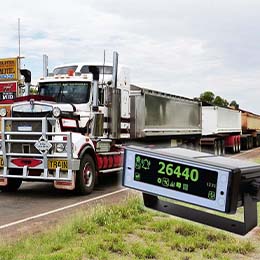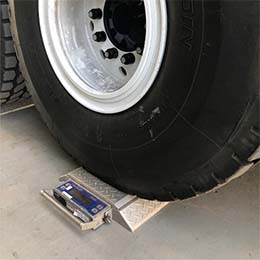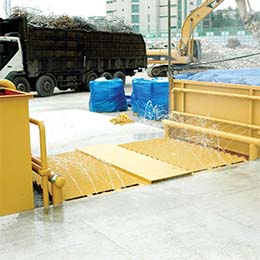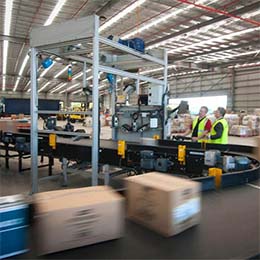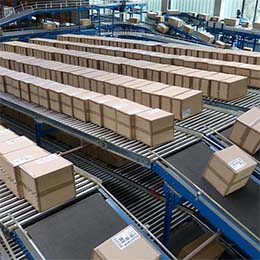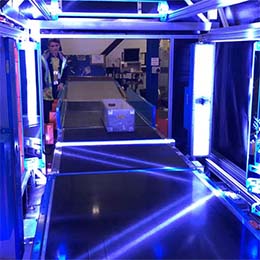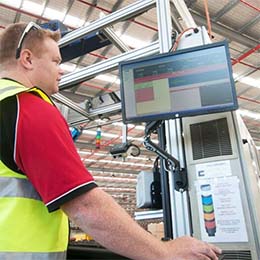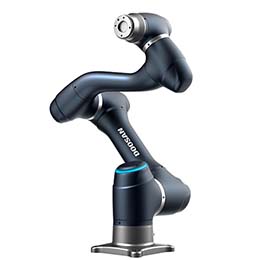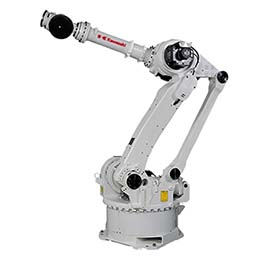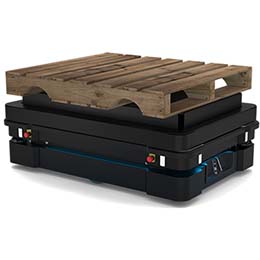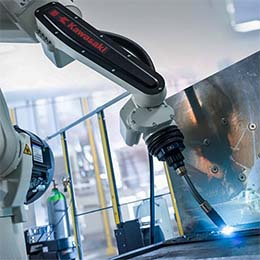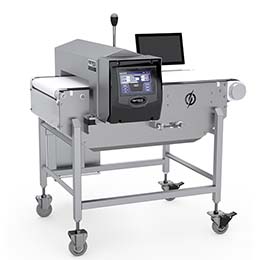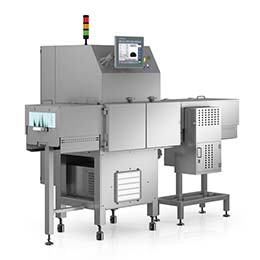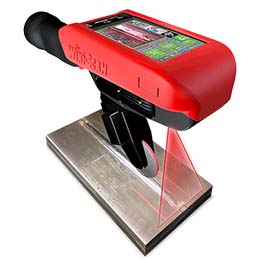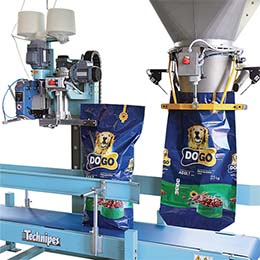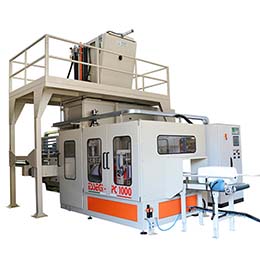Wheel weigh pads are a reliable and accurate means of measuring heavy goods vehicles axle loads.
However, as with any other equipment, users need to know how to use vehicle weigh pads (or axle pads as they are also known) properly in order to obtain the best results. In order to get optimum results from your vehicle weighing equipment, you need a clear understanding of the procedures that need to be followed and you need to be aware of the advantages and the shortcomings of the technology.
One of the few misconceptions about axle weighers is that they aren’t always accurate. The fact is, provided that the products are of high quality and have been purchased from a reputable manufacturer and are calibrated correctly, axle weighers are highly accurate and can provide a reading with +/-1% of the reading for weights up to 10,000kg
However, for results to be consistently reliable and precise, it is imperative that all wheels of the vehicle being weighed are level AND on the same plane.
The effects of improperly applying the technology can be demonstrated by using portable wheel pads and taking measurements over several different approaches.
Measurements should be taken when the weigh pads are on a perfectly flat concrete or asphalt approach, as well as when the weighers are placed on an incline. When the weigh pads are on an incline – even a very slight one – it changes the weight distribution of the vehicle.
The axle weights that are recorded when the device is placed on an incline will differ from those taken when it’s placed on a perfectly flat, stable and level surface.
The variation in results doesn’t indicate that the product itself is inaccurate but rather demonstrates the importance of the correct application of weigh pads. For measurements to be accurate, the vehicle’s wheels have to be level and in the same plane otherwise, there will be a weight transfer, resulting in an uneven distribution of weight and less-than-perfect results.
There are many advantages of portable wheel weighers, but users need to remove the risk of inaccurate results by ensuring that they are located in the right spot and used correctly. When these lightweight and portable vehicle weighing devices are used properly, they enable legal-for-trade weight measurements and can assist operations to improve their efficiencies and reduce their costs.
Transportation and set-up are easy and can be conducted by a single person, making wheel weighers ideal for use when weight measurements need to be taken in different locations.
They are also very durable and are sufficiently robust to withstand the heavy loads of demanding industrial environments, but yet sensitive enough to deliver accurate and precise weight data. That said, correct calibration is essential and periodic checks and certification should be carried out by qualified, licensed inspectors using specially designed calibration devices
Any supplier of vehicle weighing equipment worth their salt will be more than happy to spend time with customers discussing the practicalities of axle weighers and will be totally upfront about the pitfalls of incorrect placement.
If you have any questions about axle weighers or are concerned that you aren’t getting optimum results from your weighing equipment, the experts at AccuWeigh are more than happy to help. They understand that the compliance, safety, and profitability of your operations rely on accurate, reliable, traceable data.

